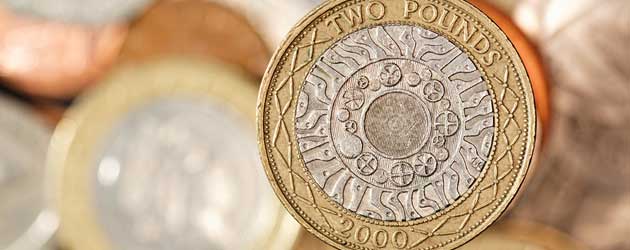
The Pound to Canadian Dollar exchange rate (GBP/CAD) climbed to a 19-month high of 1.6271 yesterday afternoon as global risk appetite remained weak due to the Federal Reserve’s decision to taper its asset purchasing programme later on in the year.
Sterling is currently around 3 cents better off than it was this time last week against the Canadian Dollar due to a market-wide theme of risk aversion that has caused the commodity currencies to fall sharply against the traditional safe havens. Under this scenario the world’s oldest currency, the Pound Sterling, has been able to benefit against the majority of its global currency peers, bar the US Dollar, the Japanese Yen and the Swiss Franc.
The Pound to Canadian Dollar exchange rate (GBP/CAD) climbed to a 19-month high
The global sell-off stems from Fed Chairman Ben Bernanke’s comments last week suggesting that the US Central Bank is set to withdraw its stimulus programme over the next twelve months. The announcement threatens to impair credit flows around the world as borrowing costs are expected to rise back towards levels more in tune with the current state of the global economy.
During the past few years large-scale asset purchasing schemes from the world’s biggest Central Banks have kept government bond yields artificially low. However, this phenomenon ran the risk of creating a potentially dangerous bubble. The extent to which bond prices were out of touch with the economic health of some countries has been elucidated by the rapid rise in borrowing costs following the Fed’s announcement.
Indeed, UK bond yields have risen by almost 1% to reach a 20-month high of 2.54%; German, French and US government debt have all seen yields rise; and peripheral Eurozone debt yields have ballooned ferociously high. Michael Hewson of CMC Markets said:
“This mere suggestion of stimulus withdrawal has shown how fragile the current stock market rally has been and it could be some time before markets settle down to where they should be as investors start becoming more discerning about company fundamentals”.
The commodity-correlated Canadian Dollar was also hurt by news of a softened outlook in the world’s second largest economy. China is a major importer of raw materials and as such every ebb and flow in the Chinese economy is monitored in relation to the value of the ‘Loonie’.
Chinese stock markets plunged -5% yesterday – the sharpest drop in three years – to close at a 4-year low as the Chinese Central Bank, the People’s Bank of China (PBoC), said that it would not step in to prevent bank-to-bank lending rates rising further. The tight credit conditions in China, where rates have risen from 3% to 10-25% over the last month, have helped to exacerbate current risk aversion trends.
The Canadian Dollar also found itself losing support in relation to last Friday’s poor Consumer Price Index print, which saw Canadian inflation hit a rather weak score of 0.7%. With price pressures remaining soft investors scaled-back their bets of a rate hike from the Bank of Canada and subsequently the ‘Loonie’ was sold against the Pound (GBP/CAD).

Comments are closed.